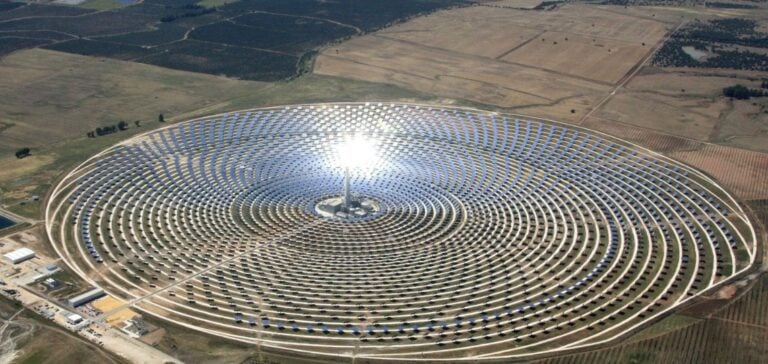Spain’s solar capacity is set to overtake Italy’s, with 35 GW installed by the end of 2024. Analysts at S&P Global Commodity Insights predict that Spain will have over 50 GW of solar capacity by 2026, almost 15% more than Italy. Alexandre Mace, renewable energy analyst, explains that the appeal of the Spanish solar market lies in the presence of experienced local developers, the availability of public and private financing, and reinforced capacity targets for 2030. Despite this positive outlook, there are still risks associated with permits and price cannibalization. This summer, Spanish solar power plants are expected to generate 17.5 TWh, compared with 12.5 TWh in Italy, an increase of 20% and 13% respectively over last summer.
Impact on the energy mix and prices
The rise of solar power in Spain is reducing demand for gas for power generation. In the spring, gas-fired power plants were already marginalized by extremely low electricity prices, averaging just €20/MWh since Easter. In Italy, gas remains the reference technology for setting prices, maintained at around €80/MWh this spring. Spanish solar capture prices are set to rebound in May after reaching just €8.15/MWh in April, the lowest level on record, capturing just 56% of wholesale values. In comparison, solar prices in Italy were €76.48/MWh, capturing 88% of average day-ahead prices.
Large-scale solar projects in Spain
Unlike Italy, where most solar panels are installed on rooftops, Spain has built some of the largest ground-mounted solar projects in Europe in recent years, mainly without subsidies. According to a study by the Italian renewable energy agency GSE, only 11% of new Italian capacity in 2023 came from projects over 5 MW, while a third of installations were between 0.2 MW and 1 MW. In Spain, the majority of solar PV capacity is installed on the ground, with the regions of Extremadura and Andalusia accounting for almost 40% of this capacity. A recent ban on the installation of solar panels on certain agricultural lands in Italy could limit future growth.
Outlook and challenges for the future
The growth of solar power in Spain is set to accelerate, with a deadline set by grid operator REE of mid-2025 (extended to 2028) for large-scale projects to guarantee access to the grid. This measure could affect 59 GW of projects currently under development. Analysts at Commodity Insights predict that Spain will build around 32 GW of large-scale solar projects over the next five years (2024-2028), with peak growth expected in 2025. Joséfin Berg, senior clean energy analyst at Commodity Insights, points out that strong competition to find buyers for solar projects could lead to creative approaches to completing projects. Over the past five years, around 18 GW of large-scale projects have been built, including Europe’s first subsidy-free solar park, BayWa’s Don Rodrigo-1 (175 MW), and Europe’s largest solar project, Iberdrola’s Francisco Pizarro (553 MW).
Spain is on track to become a leader in solar capacity in Europe, with robust growth prospects despite permit and market challenges. Collaboration between experienced developers and a commitment to ambitious solar capacity targets position Spain as a key player in Europe’s energy transition.






















